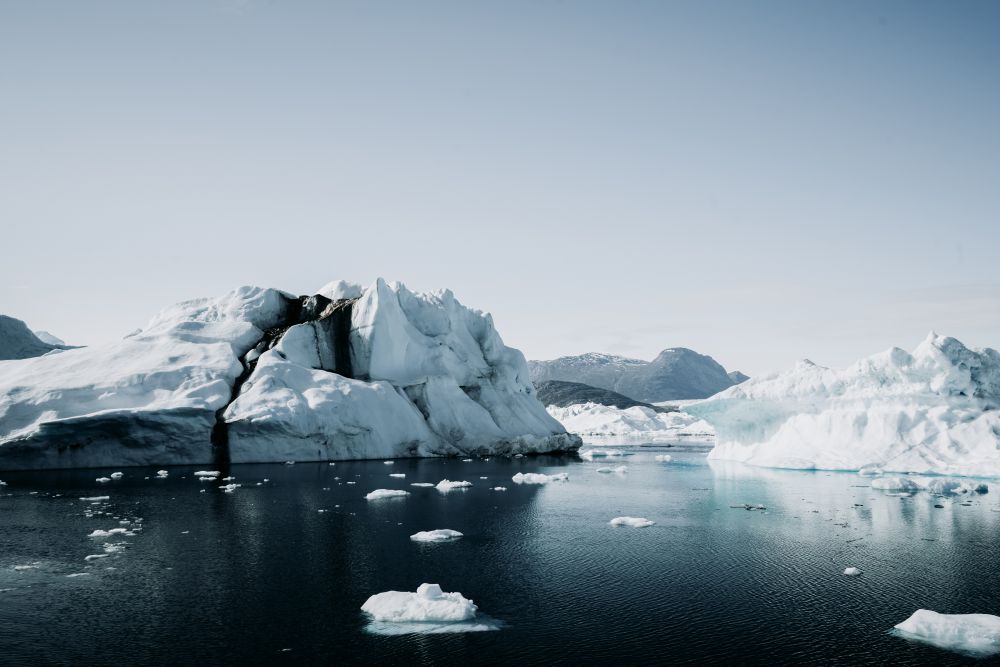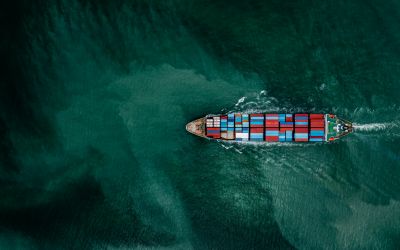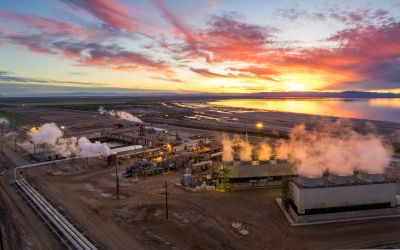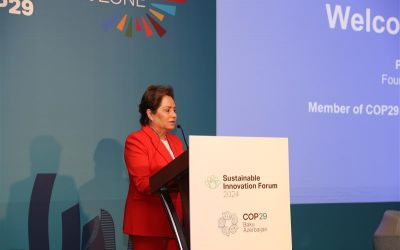Scientists warn that Greenland ice sheet has passed point of no return
Study finds that snowfall cannot replenish melting glaciers, even if the climate cools.

Study finds that snowfall cannot replenish melting glaciers, even if the climate cools.
The report, published in the journal Communications Earth and Environment earlier this month, has found that Greenland’s glaciers are shrinking.
Nearly 40 years of satellite data from Greenland shows that the yearly snowfall that replenishes the glaciers can no longer keep up with ice that is breaking off and flowing into the ocean.
Michalea King, lead author of the study and a researcher at The Ohio State University’s Byrd Polar and Climate Research Centre, said: “we’ve found that the ice that’s discharging into the ocean is far surpassing the snow that’s accumulating on the surface of the ice sheet.”
Monthly satellite data from more than 200 large glaciers draining into the ocean around Greenland show that until the 1990’s, snow gained through accumulation and ice melted – or calved – from glaciers was mostly in balance, keeping the ice sheet stable. Since then, glaciers have been losing around 500 gigatons of ice each year due to snowfall not increasing at the same rate as snowmelt.
“Starting in 2000, you start superimposing that seasonal melt on a higher baseline – so you’re going to get even more losses”, said King.
The report found that in the current climate, the Greenland ice sheet will only gain mass in one out of every 100 years, and that since 1985, the glaciers have retreated around 3 kilometres.
Due to the retreat, many glaciers are currently sitting in deeper waters, meaning more ice is in contact with warm ocean water, further increasing melting rates.
“Glacier retreat has knocked the dynamics of the whole ice sheet into a constant state of loss,” said Ian Howat, a co-author on the paper, professor of earth sciences and distinguished university scholar at Ohio State. “Even if the climate were to stay the same or even get a little colder, the ice sheet would still be losing mass.”
The ice that melts from Greenland’s ice sheets end up in the Atlantic Ocean and are a leading contributor to sea level rise.
Last year alone saw sea level rise by 2.2mm in two months due to Greenland’s ice sheet either melting or breaking off.
Despite all of this, King says there is hope. “It’s always a positive thing to learn more about glacier environments, because we can only improve our predictions for how rapidly things will change in the future,” she said. “And that can only help us with adaptation and mitigation strategies. The more we know, the better we can prepare.
To read the full report, click here.






